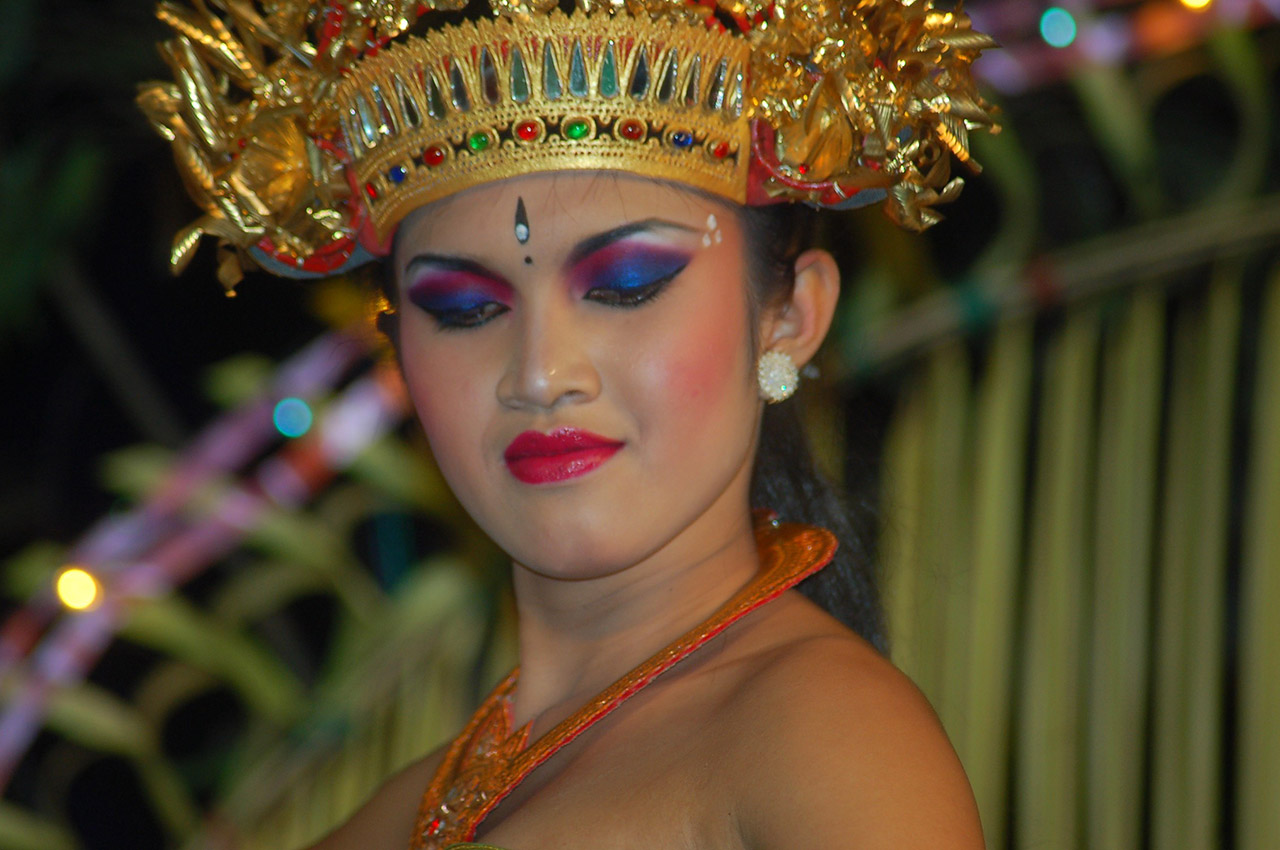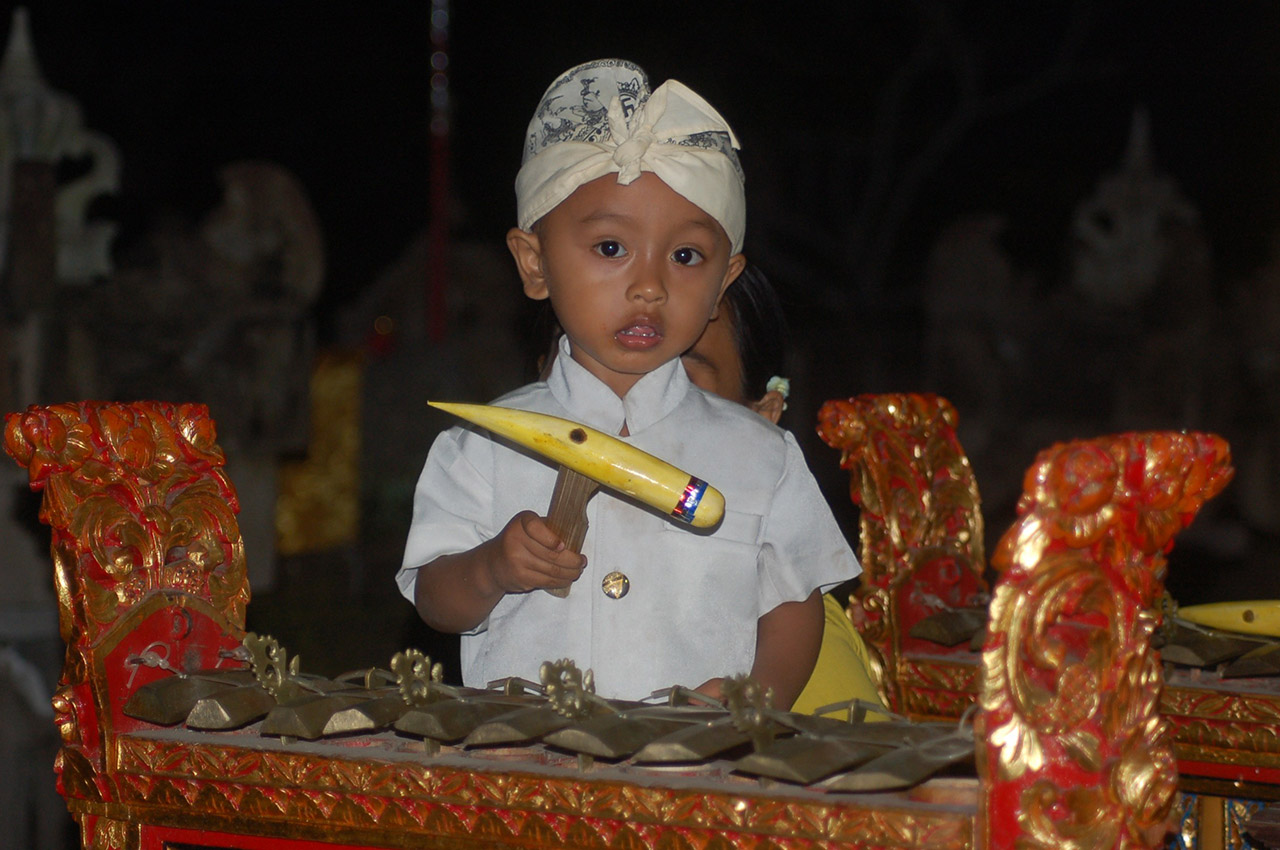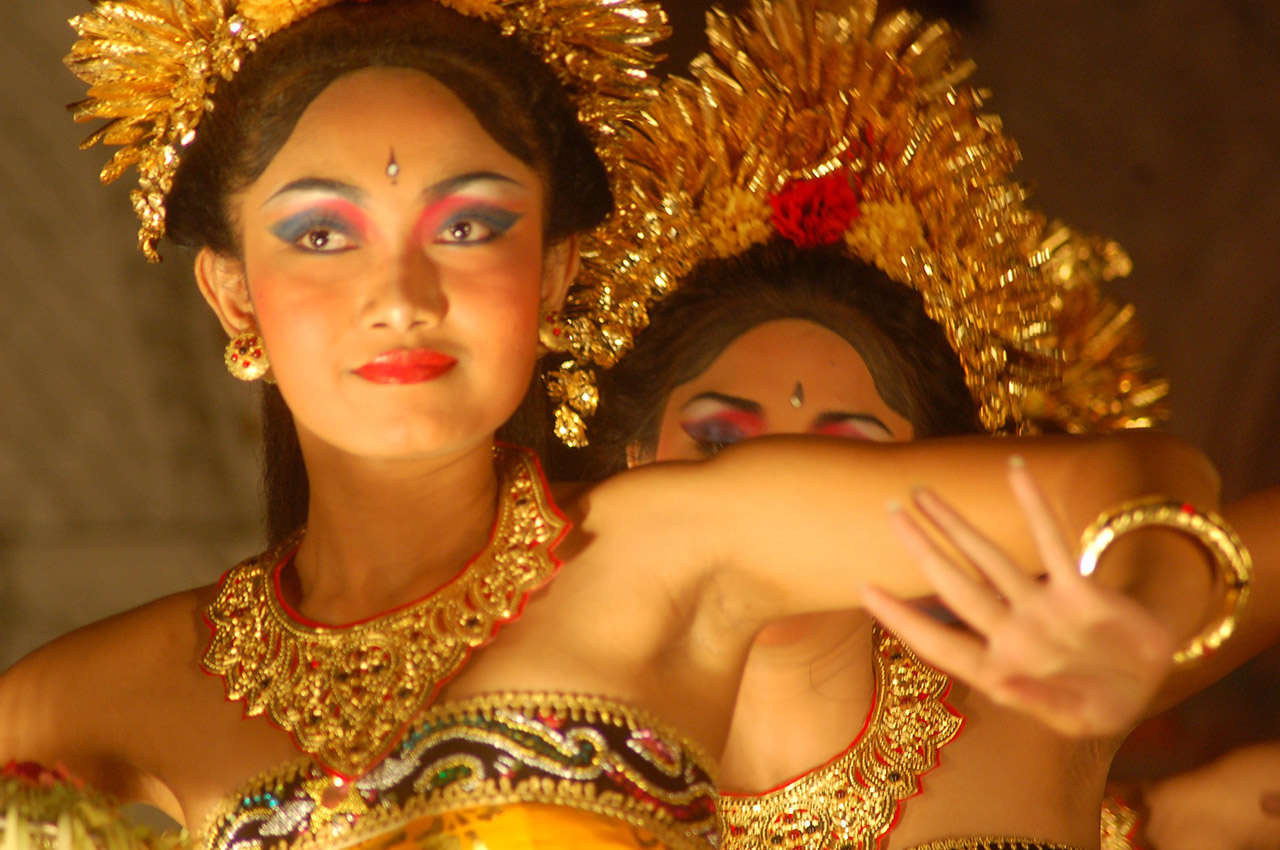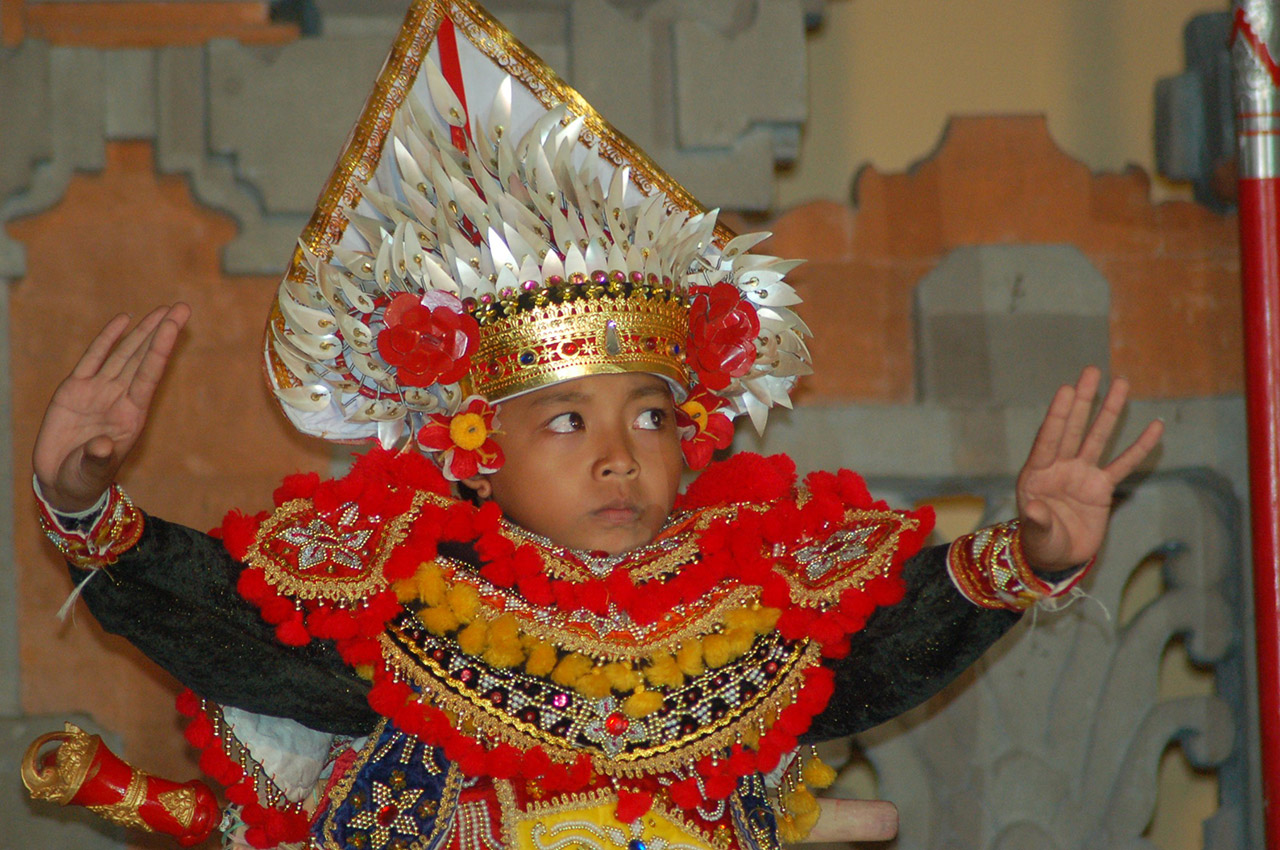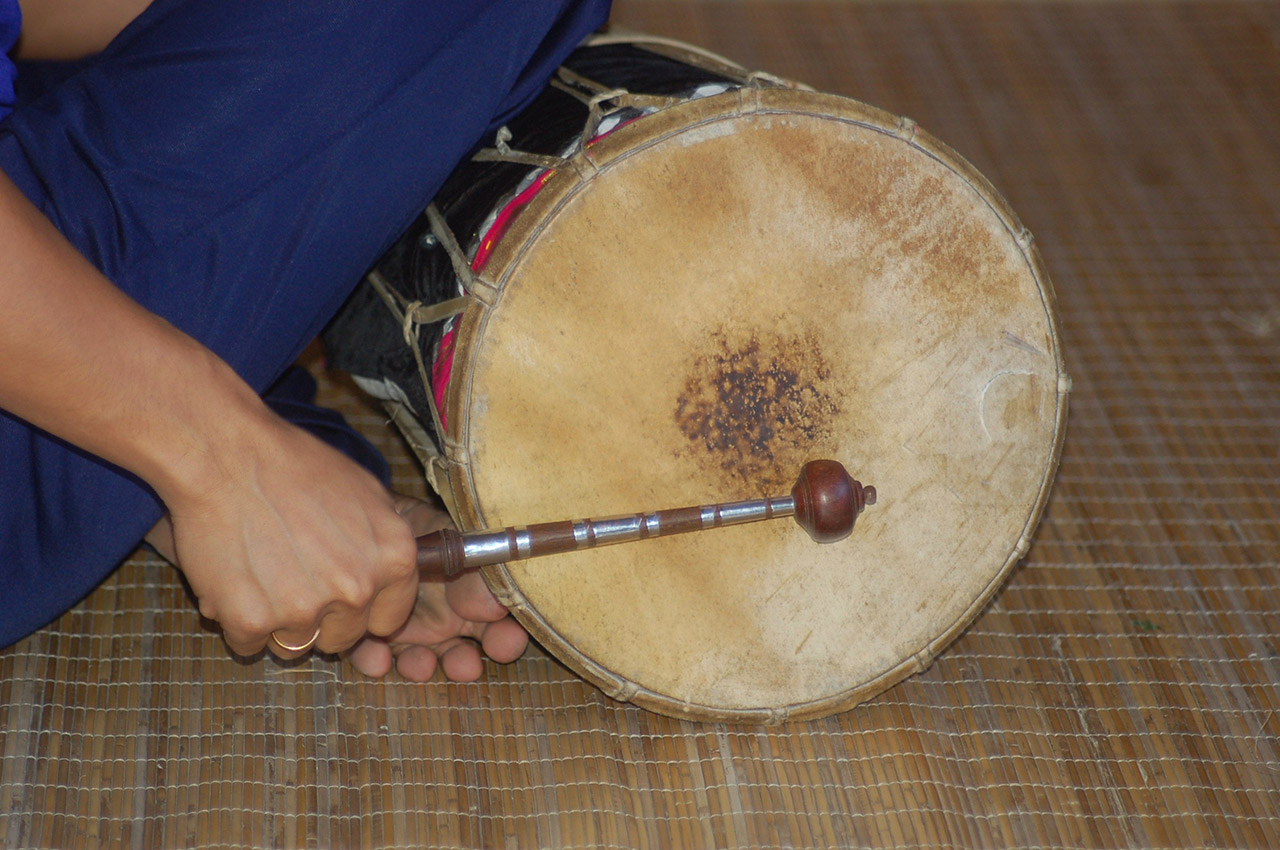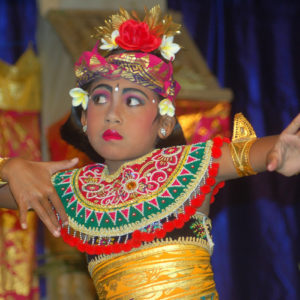5 January 2017
Bali, Island of the Gods. Bali, island of the arts. At the end of a long day’s work in the rice fields, the Balinese pick up their brushes and tools and become painters or sculptors. The same goes for dance. It’s part of daily life and accompanies every festival.
